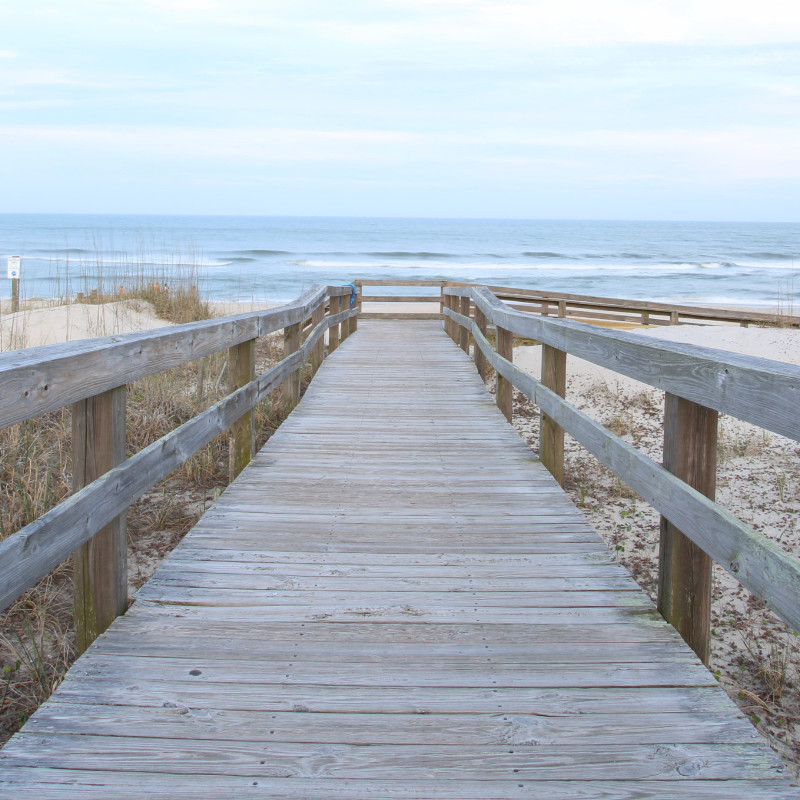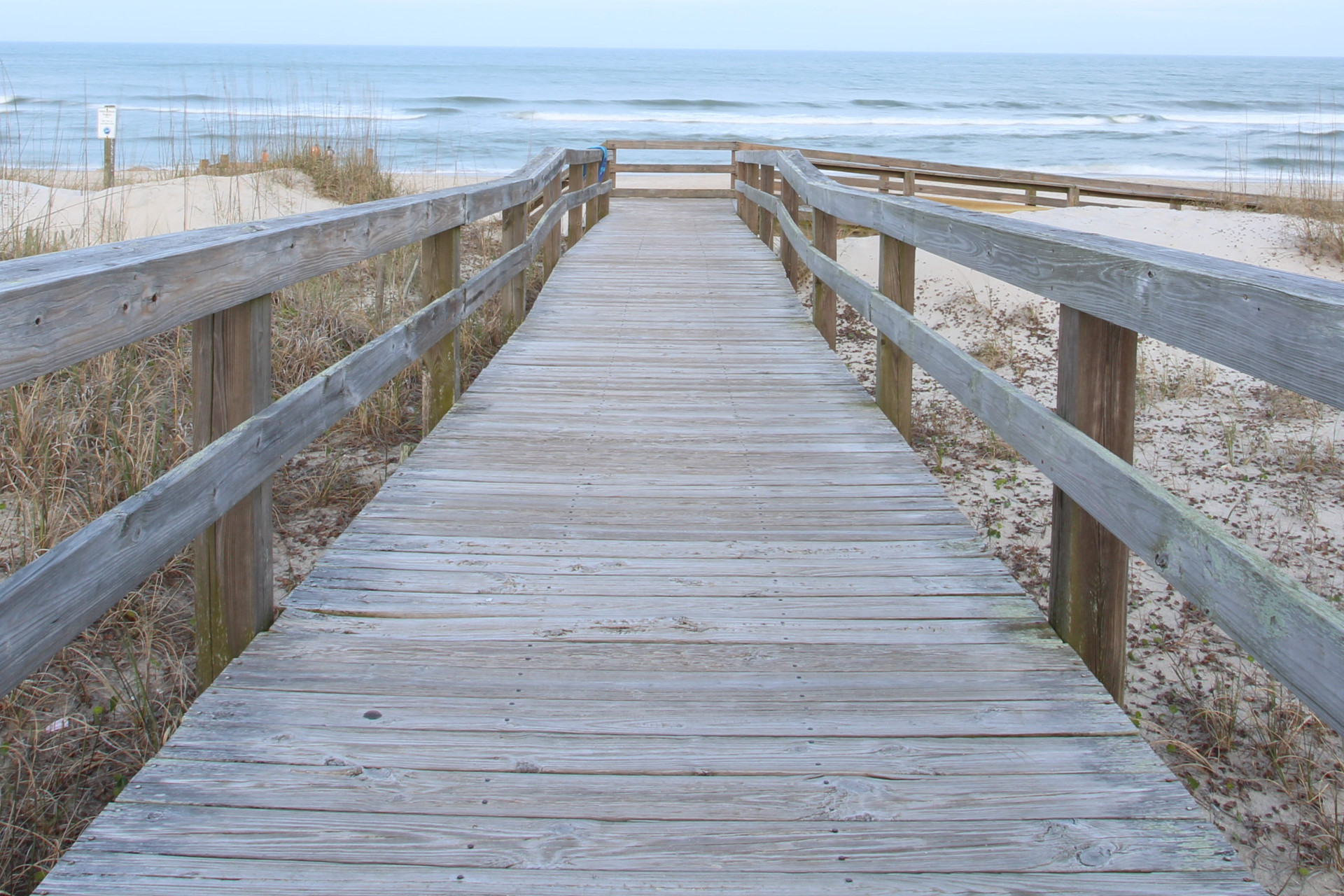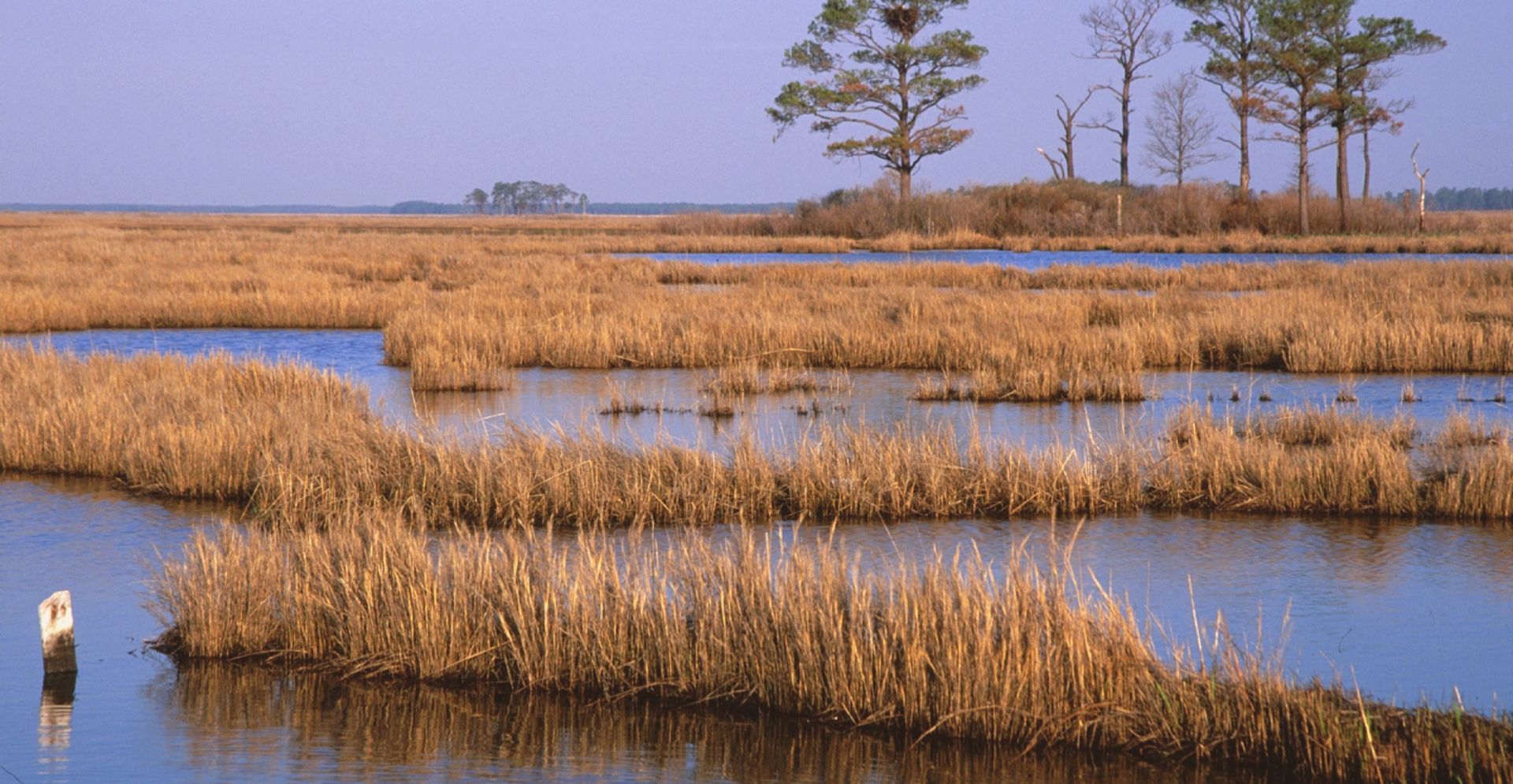17
Jun 2024
Amidst the scenic landscapes of Cambridge, Maryland, Blackwater National Wildlife Refuge stands a sanctuary for a diverse array of flora and fauna, showcasing the region's abundant ecological and cultural heritage. Established in 1933, the refuge originally served as a hunting and fishing destination, offering sportsmen a chance to pursue their passions in a pristine natural setting. However, over the years, Blackwater has evolved into a nationally recognized conservation area, encompassing over 28,000 acres of diverse habitats, including freshwater marshes, tidal wetlands, forests, and grasslands.
The Civilian Conservation Corps, a New Deal program aimed at providing jobs and relief during the Great Depression, played a pivotal role in the development of Blackwater. The CCC workers, primarily young men from urban areas, constructed dams, dikes, and canals to improve waterfowl habitat. They also planted trees, built trails, and developed recreational facilities, transforming the refuge into a thriving ecosystem and a popular destination for nature enthusiasts.
During World War II, Blackwater served a different purpose. It was converted into a military base, housing thousands of troops and becoming a staging area for operations in the European theater. The refuge's strategic location, with its proximity to the Chesapeake Bay and the Atlantic Ocean, made it an ideal location for military operations. After the war, Blackwater was returned to its original purpose as a wildlife refuge, and the scars of the military occupation gradually faded away.
Today, Blackwater National Wildlife Refuge is a haven for over 230 species of birds, 40 species of mammals, and countless amphibians, reptiles, and insects. The refuge's diverse habitats provide food, shelter, and breeding grounds for a wide range of wildlife, including waterfowl, shorebirds, wading birds, and raptors. Blackwater is also an important stopover point for migratory waterfowl, such as snow geese and tundra swans, which rest and feed in the refuge during their long journeys.
In addition to its ecological significance, Blackwater National Wildlife Refuge offers a wealth of outdoor recreation opportunities for visitors. Hiking trails wind through the refuge's diverse habitats, providing opportunities for birdwatching, wildlife viewing, and nature photography. Canoeing and kayaking are popular activities on the refuge's waterways, allowing visitors to explore the marsh and observe wildlife from a different perspective. Hunting and fishing are also permitted in designated areas, providing opportunities for sportsmen to pursue their passions.
Beyond its ecological and recreational value, Blackwater National Wildlife Refuge also serves as an important educational and cultural resource for the community. The refuge's visitor center offers exhibits and programs that teach visitors about the refuge's history, ecology, and wildlife. The refuge also hosts a variety of educational events and workshops throughout the year, providing opportunities for people of all ages to learn about conservation and the natural environment.
Blackwater National Wildlife Refuge is a legacy of conservation and community, where people can connect with nature, learn about conservation, and create lasting memories. It is a place where the past and present intertwine, where history and nature collide, and where the spirit of conservation lives on.
2145 Key Wallace Drive, Cambridge, MD 21613






